Different Types of Wasp Nests
All wasp nests are different, as they are built by various species. The nests are based on their needs and environment. Here are a few common types.
-
Paper Wasp Nest
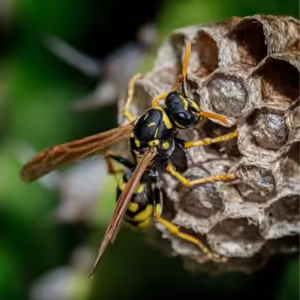
They are usually found under eaves or in sheltered areas, as these nests look like upside-down umbrellas. The nests are constructed using chewed wood fibers mixed with saliva, resulting in a papery appearance. The process requires the wasps to carefully gather the materials from their surroundings, breaking down wood fibers, and shaping the nest to provide a secure space for their young. This behavior conceals the young wasps from potential predators.
-
Yellowjacket Nest:
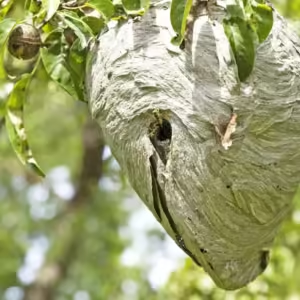
Yellowjackets construct enclosed, football-shaped nests, typically located inside walls or underground. These nests serve as protective colonies, where the yellowjackets raise their young. These nests are more aggressive because yellowjackets fiercely defend their nests from perceived threats. When their colony is disturbed, they may swarm and become hostile, using their stingers for defense. This aggressive behavior is a hallmark of yellowjackets, so it’s important to be cautious if you come across their nests.
-
Hornet Nest:
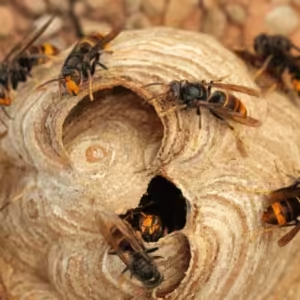
Hornets build large, oval nests in trees or on buildings. The nests are made from paper-like material which looks similar to paper wasps. The hornets produce this distinctive substance by chewing wood fibers, mixing them with saliva, and then shaping them into their nests. They contain multiple chambers inside where the queen lays her eggs and where the larvae develop. Hornets are quite violent if they feel threatened as they are protective of their nest. It is important to observe them from a safe distance.
-
Ground Hornet:
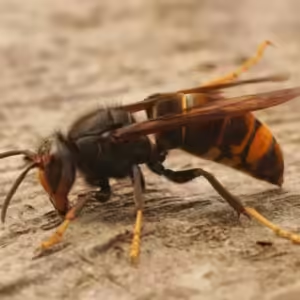
Ground hornets, sometimes called cicada killer wasps or ground wasps, are large stinging insects that typically nest underground. They favor nesting in sandy or loose soil. They commonly dig holes and create burrows in lawns, gardens, or fields. Despite their intimidating size, ground hornets usually avoid humans and are less aggressive than many other wasp species. They contribute significantly to the ecosystem by controlling pest populations, especially cicadas, which they paralyze and use as food for their larvae.
How Do Wasps Build Their Nests?
Wasp build their nest by combining the wood fibers and their saliva. This process begins when the queen wasp finds a suitable location for her nest. She chews on wood or plant material until it becomes a soft pulp. This mixture dries and hardens into a papery substance that creates the structure of a nest. Once the queen starts the nest-building process by creating a small structure for her initial brood, she begins to lay her eggs inside. As the first worker wasps join in, they continue to expand the nest using the same technique to add more layers and chambers for the growing colony.
In time, the nest can become quite large, housing hundreds or thousands of wasps.
Hornet Nest vs. Wasp Nest: Key Differences
Size and Shape:
- Hornet Nest: They are large, round, or football-shaped, fully enclosed with a single entrance.
- Wasp Nest: Varies in shape, commonly umbrella-shaped or oval, with open, visible cells (e.g., paper wasps).
Location:
- Hornet Nest: Typically built high in trees or on tall structures like rooftops and attics.
- Wasp Nest: Found under eaves, in trees, or hidden in walls or underground (like yellowjackets).
Material:
- Hornet Nest: They are made from chewed wood fibers and saliva, resulting in a paper-mache-like structure.
- Wasp Nest: They are also made from wood pulp and saliva and their nests like those of paper wasps are open and not fully enclosed.
Aggression:
- Hornets: Highly aggressive and will defend their nests, but encounters are less frequent due to their high locations.
- Wasps: Yellowjackets are especially aggressive and more likely to sting when their nests are disturbed.
Visibility:
- Hornet Nest: Enclosed with no visible cells.
- Wasp Nest: Some, like paper wasps, have visible cells, while others, like yellowjackets, build hidden nests.
How to Get Rid of Wasp Nests
Removing a wasp nest can be risky, as wasps are territorial and may attack when they feel threatened. Here’s how to do it safely:
- Locate the Nest: First, locate the nest and make sure it is situated at a safe distance from human activity. The nest mustn’t be too close to areas where people frequently gather to avoid any potential disturbances.
- Choose the Right Time: During the night or early morning, wasps are less active, which makes this period the optimal time to approach their nest. However, it’s still important to exercise caution and approach slowly, as any sudden movements can still provoke them. Timing your approach during these quieter hours can reduce the risk of getting stung.
- Use Wasp Spray: Wasp-specific insecticide sprays are the safest method for eliminating a nest. Stand at a safe distance from the nest to use them effectively and thoroughly spray the entire structure. Allow the insecticide to thoroughly target all areas inside the nest where the wasps are present. To minimize the risks to yourself and others, it’s important to follow the instructions on the label for optimal results.
- Wear Protective Gear: If you decide to remove the nest yourself, wear protective clothing and gear to avoid getting stung. It’s best to cover all exposed skin, including your arms, legs, and face, to minimize the risk. Take these precautions seriously as even a small area left uncovered can cause painful stings. always be prepared and cautious before removing the nest.
- Call a Professional: If the nest is in a tricky location or is too large, it’s best to call a pest control expert. They have the right tools and experience to safely remove the nest.
How to Get Rid of Ground Hornets
While beneficial to the environment, ground hornets can be dangerous if they nest near human activity. Here’s how to safely remove them:
- Before taking any step to eliminate it, it is crucial to locate it first. Their nests are usually small holes in the ground, surrounded by loose soil. You may notice increased hornet activity around the entrance.
- The most effective way to remove ground hornets is by using a specialized wasp or hornet insecticide. Spray the insecticide directly into the nest entrance, preferably at night when hornets are less active. Wear protective clothing to avoid stings.
- After the insecticide has taken effect, cover the nest with soil or a large rock to prevent the hornets from re-entering or digging it out.
- For those seeking a non-chemical approach, pouring boiling water into the nest can kill ground hornets. Diatomaceous earth, a natural insect-killing powder, can also be applied around the nest to dehydrate and kill the insects.
- If the infestation is large or the nest is located in a high-traffic area, consider hiring a professional exterminator to safely remove the hornets.
Conclusion
Wasp and ground hornets nests differ in shape and structure depending on the species. If you find a wasp nest on your property, it’s important to be cautious when removing it. Always wear protective gloves or seek professional help if the nest is large or hard to reach. Understanding how wasps construct their nests can help you manage them better and avoid dangerous encounters,
Thank you for reading, for more interesting articles please visit our homepage.

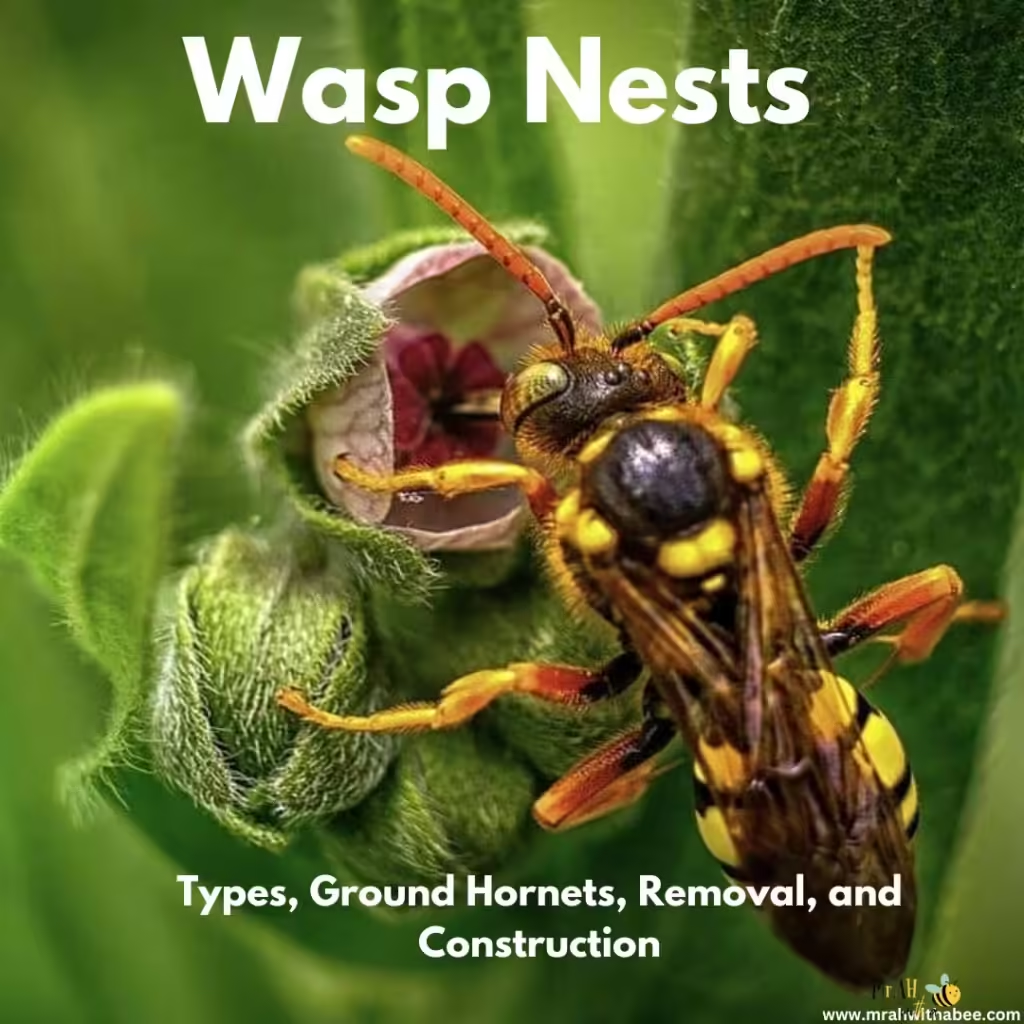

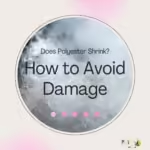
Pingback: Drain Flies vs. Fruit Flies: How to Identify and Eliminate Both - MrAH with A Bee
Pingback: Ground Hornets: Identification and Removal Guide